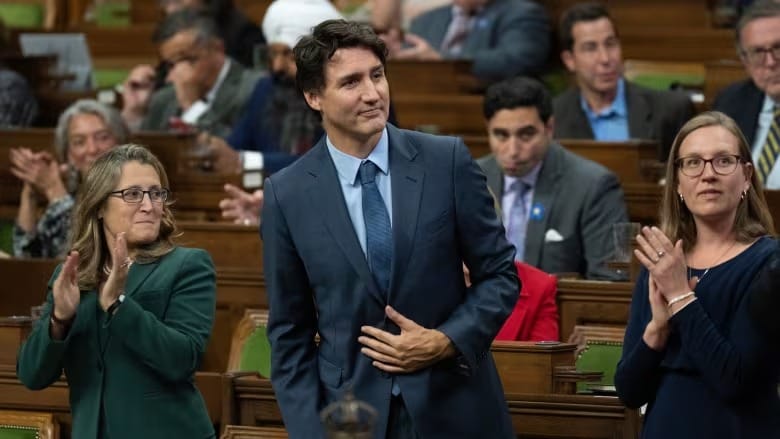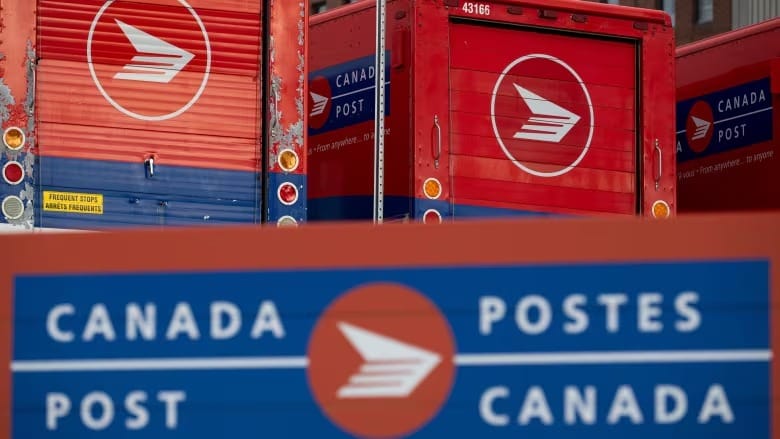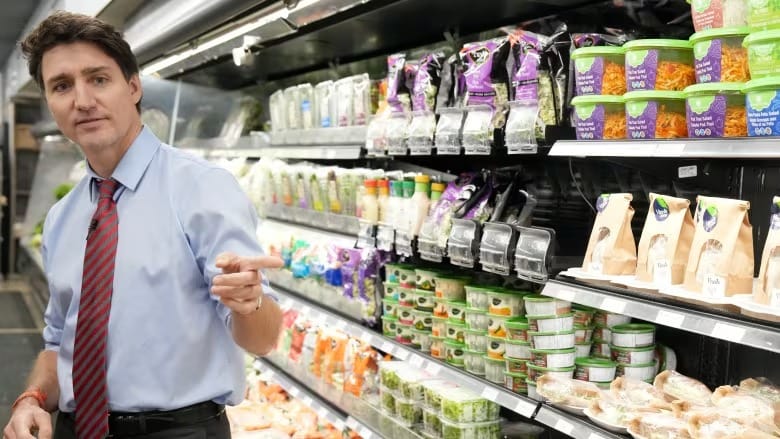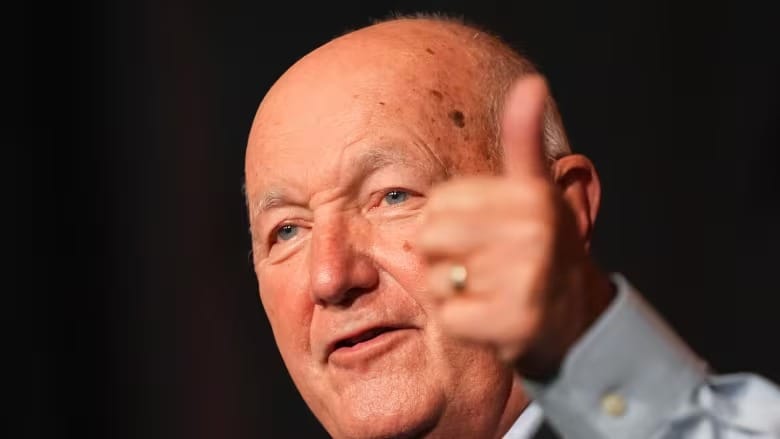By the numbers: Here's what it would take to bring down the Liberals in a confidence vote
Liberals survived one confidence vote this week — more are expected in the coming weeks

Prime Minister Justin Trudeau's government successfully passed a confidence vote this week with support from the NDP and the Bloc Québécois, but another challenge is looming.
The Conservatives have consistently expressed their desire to bring down the government and have already introduced another non-confidence motion, which is expected to be voted on next week. Additionally, they have three more opposition days before Christmas, where opposition motions take precedence over government business, providing further opportunities to push for confidence votes.
The NDP and Bloc will also each have one opposition day this fall, offering them the chance to introduce their own non-confidence motions.
The Bloc Québécois has issued a set of demands to the government and warned that if those demands are not met by the end of October, they will seek to bring down the government through a confidence vote.
The Liberals may also face confidence votes on financial matters, such as supplementary estimates or the fall economic statement if it includes new spending.
Here’s a breakdown of possible party alignments that could lead to an early election.
If the NDP and Bloc align with the Conservatives
Should both the NDP and Bloc choose to vote alongside the Conservatives to topple the Liberal government, the outcome would be certain.
Currently, the Liberals hold 152 seats in the House of Commons, not counting Speaker Greg Fergus, who only votes to break a tie. The Conservatives have 119 seats, the Bloc has 32, and the NDP holds 24. Together, these parties would have 175 votes, outnumbering the Liberals' 152, causing the government to fall.
Once the NDP and Bloc's recently elected MPs are sworn in, each party will gain an additional vote.
If either the NDP or Bloc does not support a non-confidence motion, the Liberals would remain in power.
If the NDP abstains and the Bloc votes no-confidence
MPs can abstain from voting. If the entire NDP caucus abstains during a confidence vote and the Bloc joins the Conservatives, the outcome would depend on the votes of the Greens and Independent MPs.
The combined 151 seats held by the Conservatives and Bloc would be just shy of defeating the Liberals.
The two Green MPs would then hold significant influence, deciding whether the government stands or falls. If the Greens side with the Liberals, as they did in this week's vote, the government would continue. The four Independent MPs could also play a role.
Two of the Independents—Pablo Rodriguez and Han Dong, both former Liberals—voted against the Conservative motion this week. The other two Independents, Alain Rayes and Kevin Vuong, supported it. If the Independents vote as they did previously, the Greens would once again hold the balance of power.
After Montreal's newly elected Louis-Philippe Sauvé takes his seat, the Bloc would have an additional vote. However, even then, the Bloc and Conservatives would still need the support of the Greens to bring down the government.
If both the Greens and NDP abstain, a tie between the Conservatives and Bloc on one side and the Liberals on the other could occur. In that scenario, Speaker Fergus would break the tie. According to parliamentary convention, the Speaker typically votes to maintain the status quo, which would likely mean supporting the government.
A similar situation occurred in 2005 when Speaker Peter Milliken cast the deciding vote in favor of the Liberal government's budget amendment, allowing it to pass.
If the Bloc abstains and the NDP votes no-confidence
If the Bloc abstains from a confidence vote, the Liberals are likely to survive.
The combined seats of the Conservatives and NDP—143—would not be enough to trigger an election.
Even with the Greens joining the opposition parties, the Liberals would still have 152 seats, allowing them to continue governing.
In a less probable scenario where the Conservatives, NDP, Greens, and all four Independent MPs vote against the government, they would only reach 150 votes. The addition of Leila Dance, a newly elected NDP MP from Winnipeg, still would not be sufficient to bring down the government.





